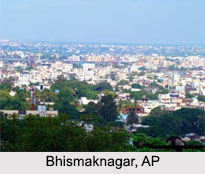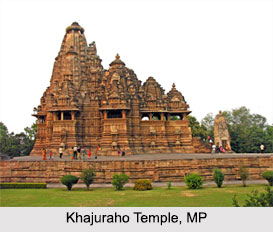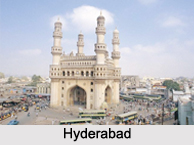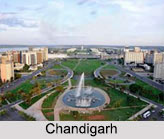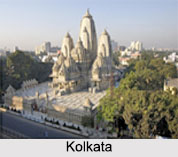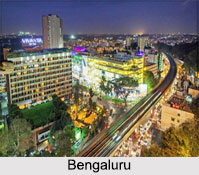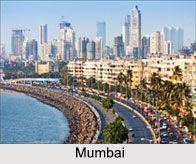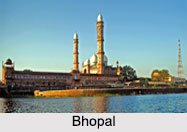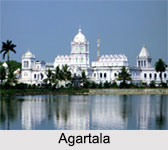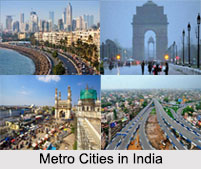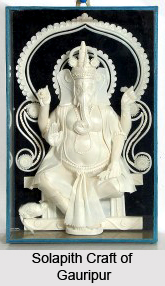 Gauripur is a small rural town located in Dhuburi District of lower Assam. It is situated on the northern bank of the Brahmaputra River. The town is 12 kms away from Dhuburi town. According to history since 1850 Gauripur served as the seat of the former zamindar of the town. The art and culture of this town has been promoted by the Raj family, as they are known in Gauripur. The greater Gauripur area houses about 85 families. The residents here are known for their craftsmanship and the traditional skills that have been passed down through generations. The inhabitants here are engaged in working on solapith craft also known as kuhila craft.
Gauripur is a small rural town located in Dhuburi District of lower Assam. It is situated on the northern bank of the Brahmaputra River. The town is 12 kms away from Dhuburi town. According to history since 1850 Gauripur served as the seat of the former zamindar of the town. The art and culture of this town has been promoted by the Raj family, as they are known in Gauripur. The greater Gauripur area houses about 85 families. The residents here are known for their craftsmanship and the traditional skills that have been passed down through generations. The inhabitants here are engaged in working on solapith craft also known as kuhila craft.
Solapith Craft of Gauripur
Gauripur and its adjacent areas are widely popular for their age old Solapith craft. It is also widely known as Kuhila Craft. This form of art is mostly practiced by the people of Malakar community. The Malakar Community mainly resides in Gauripur area. The Solapith cluster of Japusabari is known for its craftworks. The forming of this cluster has helped in improving the standard of living of the artisans. This exotic craftwork requires going through an elaborate procedure. In the initial stage the raw materials for the craftwork is collected from the plant sola. This plant is a part of the plant group of Dicotylendonous. The stems and branches of these plants have spongy cellular tissues and are cultivated in low land areas having abundant water. The tissues are procured from the stems and branches and are later dried in the sun. The spongy fibres of the Sola plants are then shaped and curved with the help of hand held tools like knives. The important parts are then connected together with the help of special type of adhesive manufactured locally. The products are usually not coloured.
The traditional skill of the ancestors that has been passed down from generations has helped in sustaining the rich cultural tradition of this village. The craft work is also used as a medium of extra income. Each family here earn a handsome amount by making these Solapith crafts. The industry is run by a small number of people.
